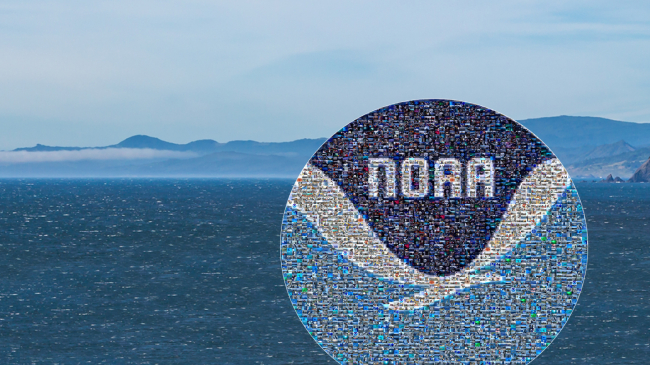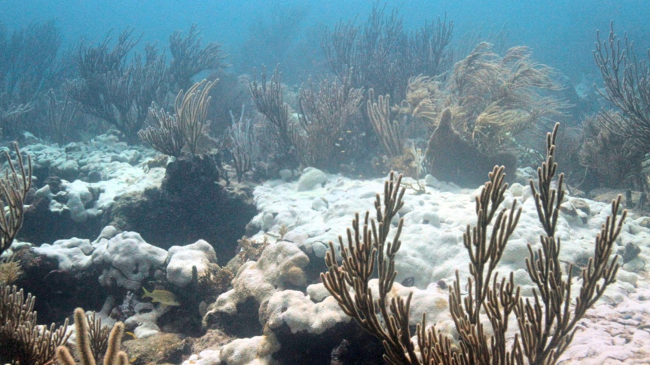The March 2021 outbreak of tornadoes damaged this home in Sawyerville, Alabama. NOAA and its cooperative institute at the University of Oklahoma are using uncrewed systems and other tools to improve tornado damage assessments and better understand tornado wind impacts. (Image credit: NOAA NSSL)

An official website of the United States government
Here’s how you know
Official websites use .gov
A .gov website belongs to an official government organization in the United States.
Secure .gov websites use HTTPS
A lock () or https:// means you’ve safely connected to the .gov website. Share sensitive information only on official, secure websites.



